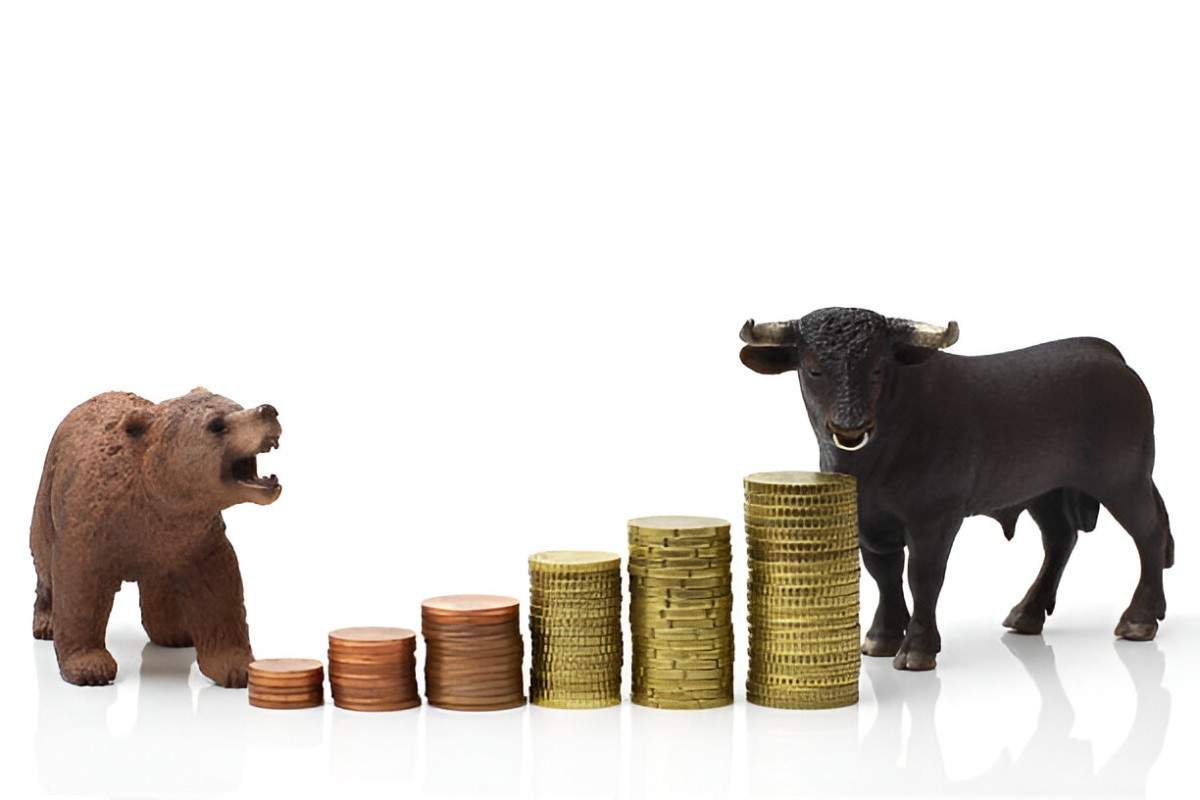Understanding A-Rated Mutual Funds
Morningstar’s A-rating system evaluates mutual funds based on risk-adjusted returns within their categories. Earning an A-grade means a fund has demonstrated superior performance relative to its peers, but true quality shows in how these funds weather different market conditions.
Table of Contents
Performance Metrics That Matter
Bull Market Characteristics
- Consistent outperformance vs. benchmark
- Ability to participate in upside
- Sector rotation effectiveness
Bear Market Resilience
- Capital preservation
- Relative outperformance during downturns
- Lower maximum drawdowns
The true test comes when we examine performance through complete market cycles:
\text{Full Cycle Return} = \prod_{t=1}^{n}(1 + r_t) - 1where r_t represents returns across both bull and bear periods.
Historical Performance Analysis
Examining A-rated funds from 2000-2023 reveals striking patterns:
| Market Phase | S&P 500 Return | Average A-Rated Fund | Outperformance |
|---|---|---|---|
| 2000-2002 Bear | -37.6% | -29.3% | +8.3% |
| 2003-2007 Bull | +83.4% | +91.2% | +7.8% |
| 2008-2009 Bear | -50.9% | -43.1% | +7.8% |
| 2010-2019 Bull | +256% | +274% | +18% |
| 2020 Crash | -19.4% | -14.2% | +5.2% |
| 2020-2021 Bull | +108% | +112% | +4% |
| 2022 Bear | -18.1% | -12.7% | +5.4% |
Key Differentiators of Top Performers
1. Active Risk Management
A-rated funds typically show:
- 15-20% lower volatility
- More defensive positioning before downturns
- Quicker recovery after market bottoms
2. Portfolio Construction
Superior funds maintain:
- Higher cash positions during peaks (5-10% vs. 1-3%)
- Strategic hedging (options, inverse ETFs)
- Quality bias (higher profitability metrics)
3. Expense Efficiency
While performance matters, costs remain crucial:
\text{Net Alpha} = \text{Gross Alpha} - \text{Expense Ratio}A-rated funds average 0.65% expenses vs. 1.10% for peers.
Sector Allocation Strategies
The best performers adjust exposures dynamically:
| Sector | Typical Bull Weight | Bear Reduction |
|---|---|---|
| Technology | 25% | → 18% |
| Consumer Staples | 8% | → 12% |
| Healthcare | 14% | → 16% |
| Financials | 16% | → 10% |
Investor Psychology Considerations
A-rated funds tend to:
- Experience 30-40% lower redemption rates during volatility
- Attract more stable investor bases
- Avoid performance chasing
This creates a virtuous cycle:
\text{Performance Stability} = f(\text{Low Turnover}, \text{Patient Capital})Implementation Guide
When Evaluating A-Rated Funds:
- Check performance across at least two full market cycles
- Verify consistent management tenure
- Analyze bear market capture ratios:
Sample Portfolio Allocation
| Market Condition | A-Rated Fund % | Index Fund % |
|---|---|---|
| Early Bull | 70% | 30% |
| Late Bull | 50% | 50% |
| Bear Market | 80% | 20% |
The Future of Fund Ratings
Emerging methodologies incorporate:
- Machine learning pattern recognition
- ESG integration scores
- Liquidity stress testing
The next generation rating formula may look like:
\text{Future Rating} = \alpha \times \text{Performance} + \beta \times \text{Risk Management} + \gamma \times \text{Sustainability}Conclusion: Why Ratings Matter
A-ratings don’t guarantee future results, but they identify funds with:
- Disciplined processes that work in all markets
- Risk management frameworks that protect capital
- Cost structures that don’t erode returns
For investors seeking steady outperformance, these funds represent the top tier of active management—provided you select those with proven full-cycle track records rather than recent bull market stars.





